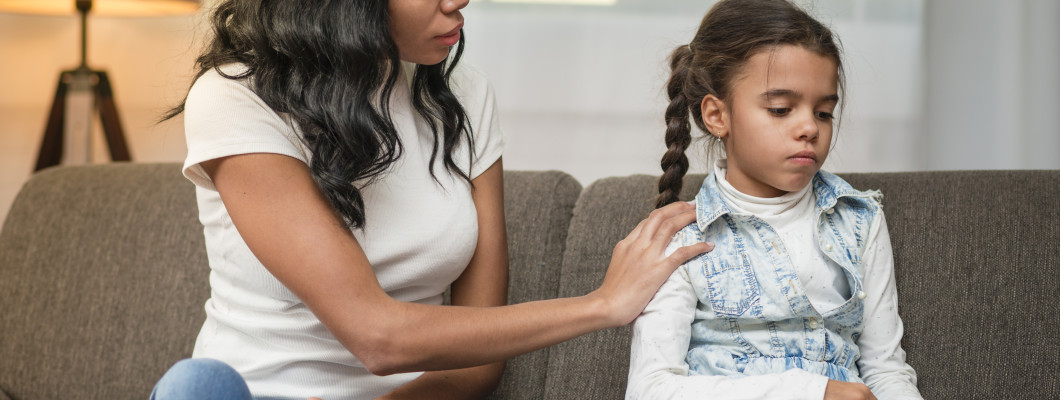
Tantrums or Growing Pains? Yogic Understanding Your Child’s Big Emotions
In recent years, parents often share concerns about their child’s tantrums, meltdowns, and “bad behavior.” But here’s a gentle reminder: Not every loud cry, stubborn ‘no,’ or burst of tears needs to be labeled as a problem.
Children, like little seeds growing into trees, experience many emotional storms before they learn to stand tall and calm. As parents and yoga trainers, our job is to understand which behaviors are part of healthy emotional growth and which ones truly need attention.
What Really Counts as a Tantrum?
In simple terms, a tantrum is an emotional outburst—crying, yelling, stamping feet, or even refusing to speak. It usually comes from:
- Frustration:
“I can’t do this yet!”
- Overstimulation: Too many lights, sounds, or people.
- Fatigue or Hunger: The body feels tired or empty, so the mind protests.
- Need for Attention: Children often can’t express emotions with words, so they act out feelings instead.
Most of these are developmental milestones, not signs of bad behavior. Like learning to walk or talk, children are learning to handle big feelings —and it takes time.
When Should Parents Really Worry?
Occasional tantrums are natural. But parents and teachers should pay attention when:
- Tantrums happen daily and last for long periods.
- A child hurts themselves or othersduring meltdowns.
- The child seems withdrawn or anxious in general.
- Communication, sleep, or eating patterns change drastically.
In such cases, it’s worth discussing concerns with a pediatrician or child counselor.
What Parents Can Do Instead of Worrying
Here’s where yoga-inspired wisdom helps parents and trainers turn tantrum times into teaching moments:
- Stay Calm Yourself
Children learn emotional regulation from the adults around them. Deep breaths and a gentle voice work better than lectures during meltdowns.
- Create a “Calm Corner” at Home
Have a space with soft cushions, picture books, or a glitter jar where children can retreat when emotions feel overwhelming.
- Name the Feeling
Help them say, “I feel angry” or “I feel sad”. Identifying emotions is the first step to managing them.
- Use Yoga Tools
Simple practices like Bumblebee Breath, Child’s Pose, or Listening to Om can turn emotional storms into moments of mindfulness.
- Tell a Story
Children connect deeply with stories. A simple tale about a cloud holding too much rain before it showers can help them relate to feelings and learn release strategies. Sneha Shankar’s self-authored kids yoga book is full of such stories and activities!
For Kids Yoga Trainers: Teaching Emotional Resilience
In yoga classes, trainers can:
- Begin with breathing exercises for calmness.
- Use creative themes like “The Angry Volcano” or “The Happy Sunflower” to help kids express emotions through poses and stories.
- End with a gratitude circle so children leave feeling balanced and supported.
The Takeaway: Tantrums Are Teachers
Instead of labeling every outburst as ‘bad behavior,’ think of tantrums as stepping stones in emotional development. With patience, mindfulness, and the right tools, children learn to navigate feelings with resilience and self-awareness. These skills that will serve them for life.
And if you’re looking for practical stories, yoga tips, and mindfulness activities to handle these moments better, Sneha Shankar’s kids yoga book can be your companion on this journey.
